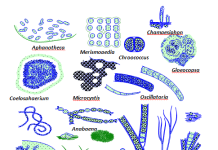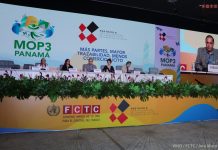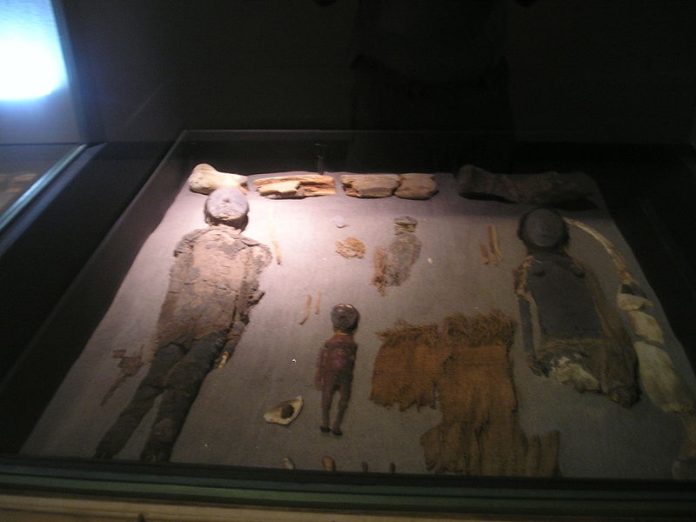The oldest evidence of artificial mummification in the world comes from pre-historic Chinchorro culture of South America (in present Northern Chile) which is older than Egyptian by about two millennia. Chinchorro’s artificial mummification began about 5050 BC (against Egypt’s 3600 BC).
Every life ceases one day. Since the time immemorial, people have strived to overcome this ultimate limitation on human existence, albeit metaphorically through preservation of the dead for different reasons.
Soviet leader Vladimir Lenin’s body is preserved1 for about one century since his death in 1924 and is on public display in Lenin’s Mausoleum in Moscow’s Red Square. Similarly, Chinese leader Mao Zedong’s body is preserved2 for about a half a century since his death in 1976 and is on public display in Mausoleum of Mao Zedong in Beijing’s Tiananmen Square. Possibly, these two cases of preservation of bodies of political leaders in modern times are aimed at perpetuating memories and ideologies of national leaders.
Currently, some people think of death as mere ‘stopping’ of life that may be ‘restarted’ in future with advancements in science provided the body is suitably preserved. Alcor Life Extension Foundation3 in Arizona is one such organisation that works towards giving the dead a chance to live again through cryopreservation by preserving the body (or the brain) in liquid nitrogen at about -300 degrees Fahrenheit, using cryonic suspension technique which would allow thawing and reanimation in the future when an appropriate new technology is invented.
In the ancient times, several cultures of the Asia and Americas had the practice of artificial mummification of the dead. Probably, the most famous among them is the case of ancient Egypt, where the practice of deliberate mummification began around 3,600 BC. The Egyptian mummies still inspire awe worldwide for its antiquity, scale, and associated magnificence. The ancient Egyptians mastered the techniques of artificial mummification because preservation of body was thought to be the key for reaching an eternal afterlife. The idea was that the ka (soul) leaves the body once the person dies, and could return to the deceased body only if the body was well preserved from decay4. Therefore, the bodies of ancient Egyptian Kings and Queens and other high and mighty were artificially mummified following specific funerary procedures and entombed with grandeur in high pyramids. The tombs along with the preserved remains of pharaohs like King Ramesses II and young King Tutankhamun are widely known for their antiquity and splendour, so much so that people think only of Egypt when the word mummy is uttered.
However, the oldest evidence of artificial mummification in the world comes from pre-historic Chinchorro culture of South America (in present Northern Chile) which is older than Egyptian artificial mummification by about two millennia. Chinchorro’s artificial mummification began about 5050 BC (against Egypt’s 3600 BC).
Chinchorro’s artificial mummification is unique for its age, techniques and characters – it is mankind’s oldest artificial mummification to date and unusually developed for early stone age marine hunter-gatherer communities. Their idea of afterlife characterised by the oldest artificial mummification of bodies, lasted for about 4000 years till c.1720 BC5. Also, while only high and mighty ones in Egyptian society had the privilege of being mummified after death for afterlife, Chinchorro culture made mummies of people in the society, irrespective of their social status and class.
Apparently, Chinchorro society was greatly ridden with violence, most likely as a result of mechanism to resolve conflict and social tension, which remained unchanged over time. Male population was more affected6.
The Chinchorro mummification involved internal stuffing and external body treatment that gave the bodies a characteristic visible feature, a form of art in response to death to express relationships between the living and the dead. A study of Chinchorro mummies indicated changes in these practices over time that reflected as a measure to construct a collective identity7.
In recognition of its unique cultural and archaeological significance of universal value, UNESCO has included Chinchorro site in World heritage list recently on 27 July 20218.
Further studies on the funerary art of Chinchorro artificial mummification will shed more light on the socio-cultural aspect and the economic well-being of the Chinchorro people.
***
References:
- Vronskaya A. 2010. Shaping Eternity: The Preservation of Lenin’s Body. Thresholds 2010; (38): 10–13. DOI: https://doi.org/10.1162/thld_a_00170
- Leese D.,2012. A Place Where Great Men Rest? The Chairman Mao Memorial Hall. In: Places of Memory in Modern China. Chapter 4. Pages: 91–129. DOI: https://doi.org/10.1163/9789004220966_005
- Alcor Life Extension Foundation 2020. Available online at https://www.alcor.org/
- Tomorad, M., 2009. “Ancient Egyptian funerary practices from the first millennium BC to the Arab conquest of Egypt (c. 1069 BC-642 AD)”. The Heritage of Egypt. 2: 12–28. Available online at https://www.academia.edu/907351
- UNESCO 2021. Settlement and Artificial Mummification of the Chinchorro Culture in Thearica and Parinacota Region. World Heritage Nomination. Republic Of Chile. Available online at https://whc.unesco.org/document/181014
- Standen V., Santoro C., et al 2020. Violence in hunters, fishermen, and gatherers of the Chinchorro culture: Archaic societies of the Atacama Desert (10,000–4,000 cal yr BP). First published: 20 January 2020. DOI: https://doi.org/10.1002/ajpa.24009
- Montt, I., Fiore, D., Santoro, C., & Arriaza, B. (2021). Relational bodies: Affordances, substances and embodiment in Chinchorro funerary practices c. 7000–3250 BP. Antiquity, 1-21. DOI: https://doi.org/10.15184/aqy.2021.126
- UNESCO 2021. World Heritage List – Settlement and Artificial Mummification of the Chinchorro Culture in the Arica and Parinacota Region. Available online at https://whc.unesco.org/en/list/1634/
***






































